
Unclogging Blocked Drains to Prevent Water Leaks in a Fiat 500
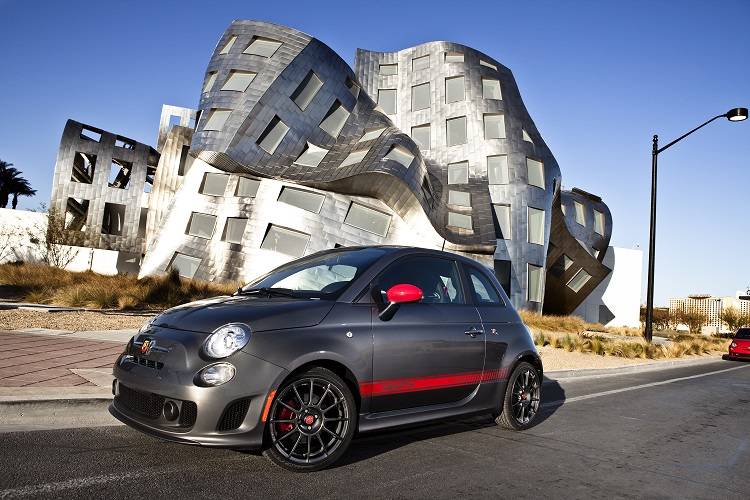
The Fiat 500 is a stylish and compact car, but like any vehicle, it requires regular maintenance to function optimally. One often overlooked aspect is the drainage system, which can become clogged and lead to water leaks. Clogged drains can cause significant damage to the car's interior and electrical systems if left unchecked. In this article, we will explore the importance of unclogging blocked drains in a Fiat 500 to prevent water leaks and the potential consequences of neglecting this crucial maintenance task, ensuring your vehicle remains in top condition for years to come.
- Preventing Water Leaks in Your Fiat 500: The Importance of Unclogging Blocked Drains
- What are the worst years for the Fiat 500?
- What is the common problem with Fiat 500?
- What problems does the 0.9 TwinAir cause in a Fiat 500?
- What is the problem with the clutch on the Fiat 500?
- Frequently Asked Questions
Preventing Water Leaks in Your Fiat 500: The Importance of Unclogging Blocked Drains
To maintain the integrity and longevity of your Fiat 500, it's crucial to address issues like blocked drains that can lead to water leaks. Water leaks not only damage the interior and exterior of your vehicle but can also lead to more serious mechanical issues if left unchecked. Unclogging blocked drains is a straightforward process that can prevent these problems. The drains in your Fiat 500 are designed to direct water away from critical areas, but when they become clogged, water can accumulate and seep into unwanted areas.
Identifying Blocked Drains in Your Fiat 500
The first step in preventing water leaks is to identify if there are any blocked drains. Common signs include water accumulation on the floor, dampness in the footwells, or water leaking from the dashboard. Inspecting the drains located at the base of the windshield and under the rear window is essential. Leaves, dirt, and debris often clog these areas. Use a flashlight to inspect these drains and look for any blockages.
Methods for Unclogging Blocked Drains
Once you've identified a blocked drain, there are several methods you can use to clear it. Using a soft-bristled brush or a plastic drain snake can be effective for removing debris without damaging the drain. For more stubborn blockages, a mixture of baking soda and vinegar can be used to dissolve the clog. Pour the mixture down the drain and let it sit for a few hours before rinsing with water.
| Method | Tools Required | Effectiveness |
|---|---|---|
| Manual Removal | Soft-bristled brush or plastic drain snake | High |
| Chemical Dissolve | Baking soda and vinegar | Medium |
Preventing Future Blockages
To prevent future blockages, regular maintenance is key. Regularly inspect the drains and clean them out. Parking in areas with fewer trees can reduce the amount of debris that enters the drains. Additionally, using drain guards or mesh screens over the drains can catch larger debris before they cause a blockage. These simple steps can significantly reduce the risk of water leaks in your Fiat 500.
| Prevention Method | Description | Benefit |
|---|---|---|
| Regular Inspection | Regularly check drains for blockages | Early detection of potential issues |
| Using Drain Guards | Install mesh screens or drain guards over drains | Prevents larger debris from entering drains |
What are the worst years for the Fiat 500?
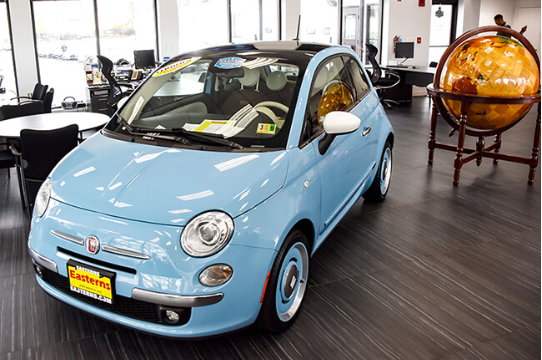
The Fiat 500 is a popular city car known for its stylish design and compact size. However, like any other vehicle, it has had its share of problematic years. Some of the worst years for the Fiat 500 include models from 2012 to 2014, which were part of the first generation (2007-2015) and were plagued by various issues.
Reliability Concerns
The early models of the Fiat 500, particularly those from 2012 to 2014, were criticized for their reliability issues. Owners reported problems with the transmission, engine, and electrical systems.
- The dual-clutch transmission was prone to faults, causing the car to stall or fail to shift gears properly.
- The engine was also known to have issues with oil leaks and excessive oil consumption.
- Electrical problems, such as faulty sensors and malfunctioning infotainment systems, were also common.
Safety Issues
Some model years of the Fiat 500 were recalled due to safety concerns. For example, the 2012 Fiat 500 was recalled for a potential issue with the fuel pump, which could cause the engine to stall.
You may be interested in reading Adjusting the Handbrake on a Fiat 500: Step-by-Step Guide
Adjusting the Handbrake on a Fiat 500: Step-by-Step Guide- The 2013 Fiat 500 was recalled for a problem with the rear axle, which could lead to a loss of control while driving.
- The 2014 Fiat 500 was recalled for an issue with the airbag control module, which could prevent the airbags from deploying properly in the event of a crash.
- The National Highway Traffic Safety Administration (NHTSA) also reported several complaints about the Fiat 500's brakes, with some owners claiming that the car would suddenly lose braking power.
Common Problems
In addition to reliability and safety concerns, some Fiat 500 models were also plagued by common problems such as issues with the car's exterior and interior.
- Some owners reported problems with the car's paint, which would chip or flake off easily.
- The interior was also known to have issues with the dashboard and trim, which could crack or become loose over time.
- The car's infotainment system was also criticized for being slow and unresponsive.
What is the common problem with Fiat 500?

The Fiat 500 is a popular city car known for its stylish design and compact size. However, like any other vehicle, it is not immune to mechanical issues. One of the common problems with the Fiat 500 is related to its electrical and mechanical systems.
Transmission and Clutch Issues
The Fiat 500 has been known to experience transmission and clutch problems, particularly in the dual-clutch automated manual transmission models. This can lead to issues such as hesitation or failure to engage gears, and in some cases, the car may not move at all. Some of the specific problems include:
- Slipping or hesitation between gears
- Clutch failure or worn-out clutch components
- Transmission software issues that require updates or recalibration
Electrical System Faults
Electrical system faults are another common issue with the Fiat 500. This can manifest in various ways, including malfunctioning infotainment systems, faulty sensors, or issues with the car's lighting system. Some of the specific electrical problems include:
- Infotainment system freezing or failing to respond
- Faulty sensors that trigger warning lights or affect the car's performance
- Issues with the car's alarm system or immobilizer
Engine and Cooling System Problems
The Fiat 500's engine and cooling system can also be prone to issues, particularly in models with higher mileage. Some of the common problems include oil leaks, coolant leaks, and engine overheating. Some of the specific issues include:
- Oil leaks from the engine or valve cover gasket
- Coolant leaks from the radiator, hoses, or water pump
- Engine overheating due to faulty thermostat or radiator fan issues
What problems does the 0.9 TwinAir cause in a Fiat 500?
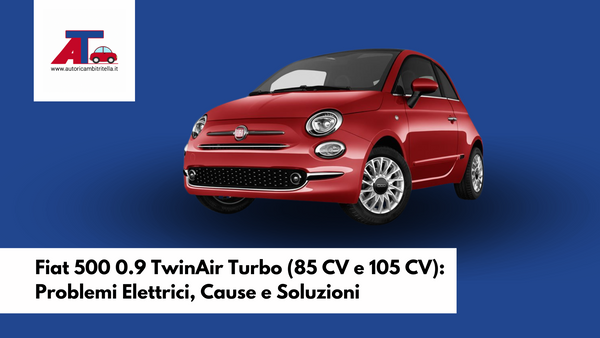
The 0.9 TwinAir engine in a Fiat 500 is known to cause several problems, mainly due to its design and technology. One of the primary concerns is related to its turbocharging system and engine management.
Engine Performance Issues
The 0.9 TwinAir engine can suffer from performance issues, largely attributed to the turbocharger's behavior and the engine control unit's (ECU) calibration. Drivers may experience a lack of power or irregular power delivery, particularly when the engine is cold or under certain driving conditions.
You may be interested in reading Adjusting the Handbrake on a Fiat 500: Step-by-Step Guide
Adjusting the Handbrake on a Fiat 500: Step-by-Step Guide Fiat 500 Maintenance Schedule: Complete Service Guide for Petrol and Diesel Engines
Fiat 500 Maintenance Schedule: Complete Service Guide for Petrol and Diesel Engines- Inconsistent turbocharger performance
- ECU software issues affecting engine response
- Potential for engine stuttering or hesitation
Reliability Concerns
Reliability is another area of concern for the 0.9 TwinAir engine. Owners have reported various issues that can impact the engine's longevity and overall reliability. These include problems with the engine's timing chain, oil leaks, and issues related to the engine's cooling system.
- Timing chain tensioner issues leading to potential engine damage
- Oil leaks from various seals and gaskets
- Cooling system inefficiencies or failures
Maintenance and Repair Costs
The maintenance and repair costs for the 0.9 TwinAir engine can be higher than expected, mainly due to the complexity of its technology and the cost of replacement parts. Owners should be prepared for potentially higher costs when maintaining or repairing their vehicle.
- Higher cost of turbocharger replacement if it fails
- Specialized labor costs for certain repairs
- Potential for costly ECU reprogramming or replacement
What is the problem with the clutch on the Fiat 500?

The clutch on the Fiat 500 has been reported to have several issues by various owners and drivers. One of the primary concerns is that the clutch can be quite sensitive and may cause the vehicle to jerk or lurch when engaging or disengaging.
Clutch Wear and Tear
The clutch wear and tear is a significant problem with the Fiat 500. The clutch is prone to wearing out faster than expected, which can lead to costly repairs. Some of the factors that contribute to clutch wear include:
- Aggressive driving habits, such as rapid acceleration and braking
- Riding the clutch, which can cause excessive wear on the clutch facings
- Failing to properly maintain the clutch, such as not adjusting the clutch cable or not replacing the clutch fluid as needed
Clutch Failure Symptoms
Clutch failure on the Fiat 500 can manifest in different ways. Some common symptoms include a spongy or soft clutch pedal, difficulty shifting gears, and a grinding or squealing noise when pressing the clutch pedal. In some cases, the clutch may fail suddenly, leaving the driver unable to shift gears or control the vehicle.
- A slipping clutch, where the engine RPM increases but the vehicle's speed does not
- A clutch that is difficult to engage or disengage, which can cause jerky or unpredictable vehicle behavior
- A clutch pedal that feels soft or spongy, which can indicate air in the clutch hydraulic system or a failing clutch master cylinder
Clutch Repair and Replacement
Repairing or replacing the clutch on a Fiat 500 can be a complex and costly process. In some cases, the clutch may need to be replaced entirely, which can involve removing the transmission and other components. It's essential to have a qualified mechanic inspect the clutch and diagnose the problem to determine the best course of action.
- The cost of replacing the clutch can vary depending on the model year and trim level of the Fiat 500
- Some owners have reported that the clutch replacement process can take several hours or even days to complete
- It's crucial to use high-quality replacement parts to ensure the clutch operates smoothly and reliably
Frequently Asked Questions
What are the common causes of blocked drains in a Fiat 500?
Blocked drains in a Fiat 500 are often caused by debris, dirt, and grease accumulation in the drainage system. Hair, soap, and other particles can also clog the drains, leading to water leaks. Additionally, a faulty or clogged drain pipe can cause water to back up and leak into the vehicle's interior. Regular maintenance can help prevent these issues.
How can I identify a blocked drain in my Fiat 500?
Signs of a blocked drain in a Fiat 500 include water pooling on the floor, a musty smell, and visible signs of leakage. Check the dashboard, floor mats, and carpets for water damage or stains. If you notice any of these symptoms, inspect the drainage system for blockages or damage. Look for any debris or dirt accumulation in the drain pipes and clean them out to prevent further issues.
You may be interested in reading Adjusting the Handbrake on a Fiat 500: Step-by-Step Guide
Adjusting the Handbrake on a Fiat 500: Step-by-Step Guide Fiat 500 Maintenance Schedule: Complete Service Guide for Petrol and Diesel Engines
Fiat 500 Maintenance Schedule: Complete Service Guide for Petrol and Diesel Engines FIAT 500 Service Intervals and Maintenance Schedule
FIAT 500 Service Intervals and Maintenance ScheduleWhat are the steps to unclog a blocked drain in a Fiat 500?
To unclog a blocked drain, start by inspecting the drainage system for any visible blockages. Use a soft-bristled brush or a drain snake to remove any debris or dirt. Then, pour a drain cleaner or a mixture of baking soda and vinegar down the drain to dissolve any grease or grime. Finally, flush the drain with hot water to clear out any remaining blockages.
Can I prevent water leaks in my Fiat 500 by regular drain maintenance?
Yes, regular drain maintenance can help prevent water leaks in a Fiat 500. Check and clean the drainage system regularly to prevent debris and dirt accumulation. Inspect the drain pipes for any signs of damage or corrosion and replace them if necessary. By doing so, you can reduce the risk of water leaks and ensure your vehicle's interior remains dry and free from damage.

If you want to know other articles similar to Unclogging Blocked Drains to Prevent Water Leaks in a Fiat 500 you can visit the category Maintenance.
Leave a Reply



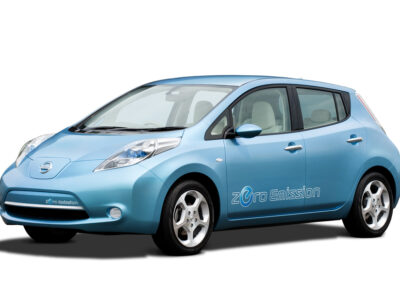
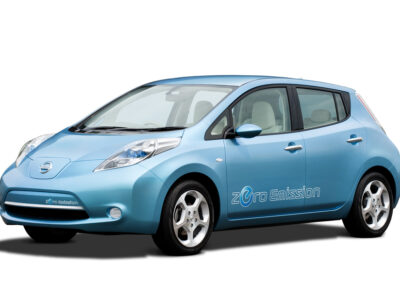

More content of your interest